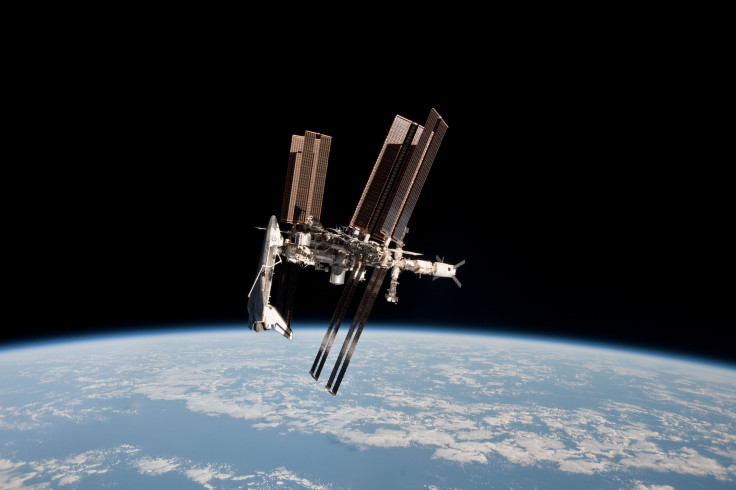The International Space Station 'Smells Great,' Astronaut Says After Boarding Vessel

A NASA astronaut, who in 2015 traveled to the International Space Station (ISS), expected the air to have a foul odor, like the inside of a locker room. Instead, he explained how pleasant the station smelled due to a high-tech support system.
Astronaut Kjell N. Lindgren assumed the station's air would be putrid as six or more crewmembers are continuously working, exercising and sweating inside the air-tight metal space. However, because of a high-tech life support system, the area is kept clean.
"The air in the space station actually smelled great," he said in a video posted by NASA on April 5. "The filters in the life support system do a great job cleaning the air. There were no issues at all."
The ISS is largest inhabitable spacecraft ever built, according to NASA. It weighs over 925,000 pounds and measures 357 feet, roughly the size of a football field. Currently, 52 expeditions have launched to the site.
The ISS’s life support system ensures the station’s atmosphere is habitable for all onboard by providing the right amount of oxygen throughout the vessel.
The technology works to strip carbon dioxide from the air while maintaining a comfortable temperature and delivering fresh light and water, according to NASA’s website.
Still, astronauts rely on cargo missions from Earth to bring provisions to the station, which is approximately 220 miles from the planet.
"Hundreds of millions of miles from Earth, no one will be able to bring us fresh water or replace malfunctioning systems," Lindgren said. "We will be on our own — just us and the life support system."
The station's life support system is vital because it acts as sort of a test run before its used during more extensive travel throughout the solar system. Lessons learned from the current system goes to improving conditions for future astronauts traveling on the station.
Meanwhile, the ISS is set to raise its orbit Wednesday just before pending cargo and crew missions begin. The station will slightly increase its altitude just as a docked Russian cargo shipment looks to reach the vessel. The movement will place the station in just the right orbit for the Russian Progress resupply craft to dock in July.
© Copyright IBTimes 2025. All rights reserved.



















